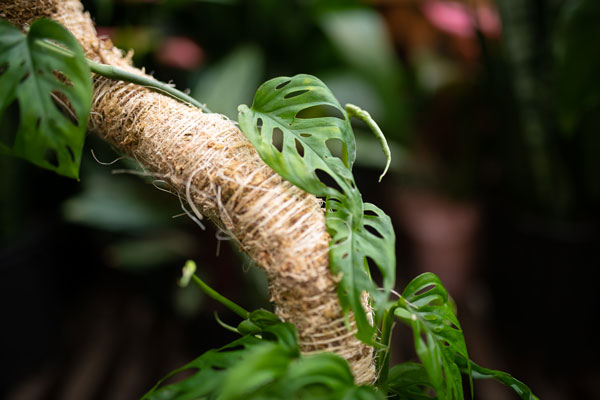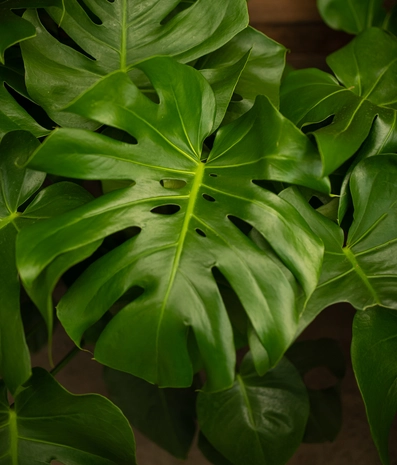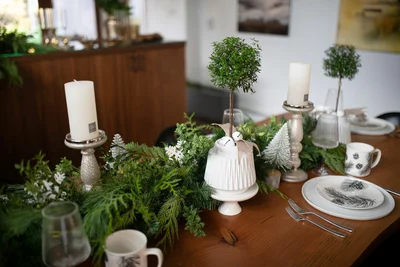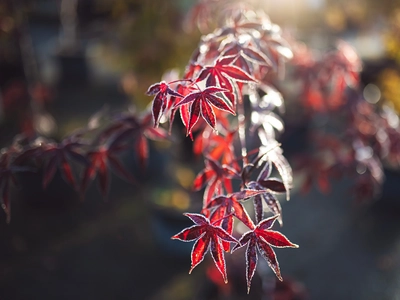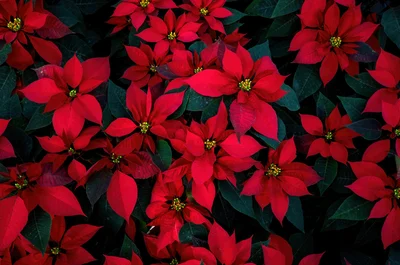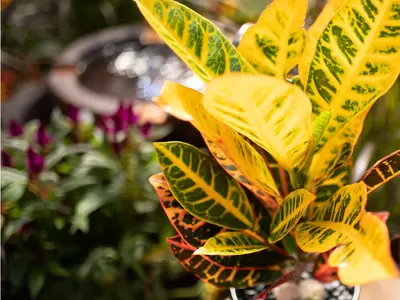
How much light does my indoor tropical plant need? It’s a really good question, since the lovely plants we will fill our indoor spaces with come from some diverse tropical locations of the globe. The great news is due to the incredible diversity of plants available there is a plant for almost any spot in our homes. While there are a number of factors that plants need to grow well, it’s important to remember that light is near the top of that list, since to plants, light is food.
The best spots for houseplants are all the areas in between and especially near a window but not actually in the window, it’s called filtered light.
The first thing you need to do is have a serious look at where you want to grow your plants, a sunny windowsill? Your desk? A hanging planter in the powder room? Herbs on the kitchen counter?
Ask yourself how long and how intense the light will be in a spot. Make sure to look at it at different times of the day, an east facing window may have cooler morning sunshine as opposed to the full blast of a south facing window. If your window is shaded then perhaps you can move the plant closer, if it’s full sun then move the plants farther away.
Once you figure out the site then the fun begins and it’s time to find the right plant. Some are adapted to low light levels and other high light levels and there are a few that are happy in both.
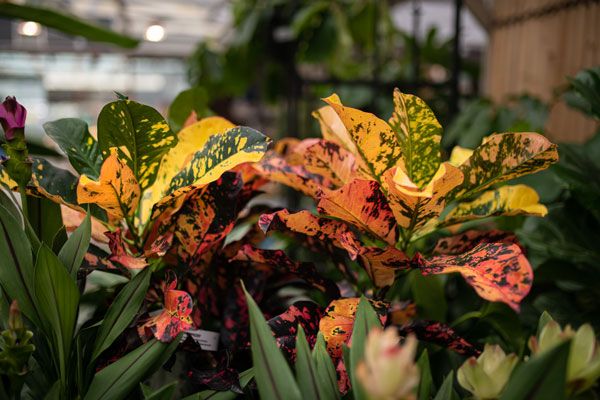
Best Plants for Bright Light
- Croton (Codiaeum variegatum) – those leaves, such colour! The large leathery leaves of the Croton are striped in green, orange, red and yellow. They are known for being susceptible to shock so don’t panic if they drop a few leaves when you bring them home or otherwise move them, they will soon settle down. Water thoroughly but let them dry out slightly between watering.
- Succulents – if you have a sunny spot in the house get yourself some succulents. There are literally too many to mention here so my advice is to head down to the garden centre and find some that speak to you and plant up a mixed container. Or better yet, buy one that has already been created by a GARDENWORKS expert.
- Aloe Vera – another succulent with fleshy architectural leaves. The cool thing about this plant is it’s your own homemade first aid kit. The gel inside the fleshy stem will instantly cool any kind of burn, a handy plant to have when you are clumsy like me. Use a well-drained succulent/cactus potting mix and find it a sunny spot… probably in the kitchen.
- Jade Plant (Crassula ovata) – this is a long-lived succulent, and with thick woody stems it can eventually look like a miniature tree. This plant needs a minimum 4 hrs per day bright light per day. Make sure to water well and let dry out slightly between (rot is a real thing with this plant). Don’t be too quick to repot this plant, they don’t mind being a bit root-bound and it keeps them small.
- Citrus – imagine growing your own lemon or lime… yes please. Citrus are a bit more of a challenge but they are worth it. They are thirsty plants so make sure to water them well, and only let the very top layer of soil dry out. Also get yourself a specific citrus fertilizer, they are hungry plants.
Best Plants for Medium Light
- Swiss cheese plant (Monstera deliciosa) – glossy green leaves with distinctive holes and notches, it is a striking plant. However, it is a vine so will need a bit of space to ramble, I have mine over my desk in a macrame hanger. Don’t be afraid to prune it back if it gets a bit out of hand and keep the soil moist (it likes humidity). Find a spot where it gets indirect light, 2-3 hrs. of morning sunlight a day would be perfect.
- Chinese Money Plant (Pilea peperomioides) – money does grow on trees… well on a plant? This is a perfect plant for a desk or small corner, with round leaves that are joined to the stalk near the middle (like a lily pad). This makes the leaf look like a coin, hence money plant.
- Philodendron - I have yet to meet a philodendron I don’t like. These are trendy, easy to care for plants with large tropical-looking glossy leaves. You can find ones with frilly-laced leaves (‘Hope’), striped leaves (‘Birken’) or even silver leaves (P. hastatum silver sword).
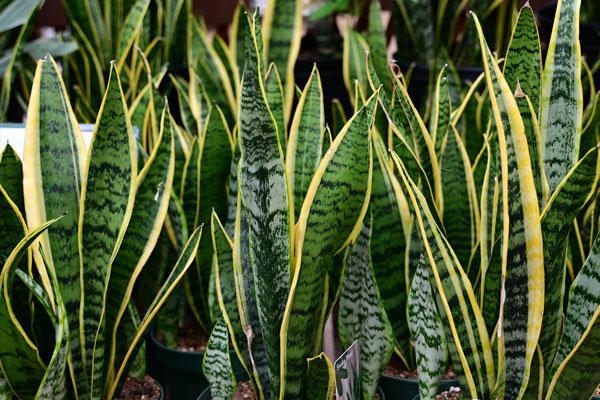
Best Plants for Low Light
- Snake plant (sansevieria) - a very trendy and easy to care for plant. The minimalist architectural leaves are often variegated and rise up from the soil looking very much like snakes. Does great in both low and higher light conditions and it a great go-to for a beginner.
- ZZ Plant (Zaminoculucas zamiifolia) - is the perfect plant for a beginner. They tolerate low light and infrequent watering, so pretty much they will put up with some neglect and keep growing. A striking plant with structural foliage, look for ‘Raven’ a striking black leaved cultivar.
- Ferns – are so well adapted to living in low lights conditions and there are so many different kinds available. Some are dainty and frilly such as the maidenhair fern, others cute and structural like the button ferns, and then others are just so interesting like the Staghorn Fern which can be mounted on a board and hung on the wall. Most will thrive in low light conditions but require regular consistent moisture. Check out the selection in store and be sure to read the specific care instructions on the label.
- Pothos - a wonderful vine with heart shaped leaves that come in bright green, chartreuse, and variegated/spotted both white and yellow. Easy to grow, it will thrive in both bright and low light.
- Peace lily (spathiphyllum) - an easy to grow plant with classic dark green glossy leaves and elegant white long-lasting flowers. Bonus, it’s also one of the best plants for purifying the air.
- Chinese evergreen (Aglaonema) - easy to grow and come in stunning colour combinations. The sturdy green leaves can be spotted with pink and white, lined in red, or striped in cream. A great plant for low light, just make sure not to overwater them.
Truly there is a plant for almost any situation in your home. So, be realistic with what the light is like in your space or go the alternative method and invest in a grow light. If you get the light right, then the plants will do the rest, just don’t forget to water them.

